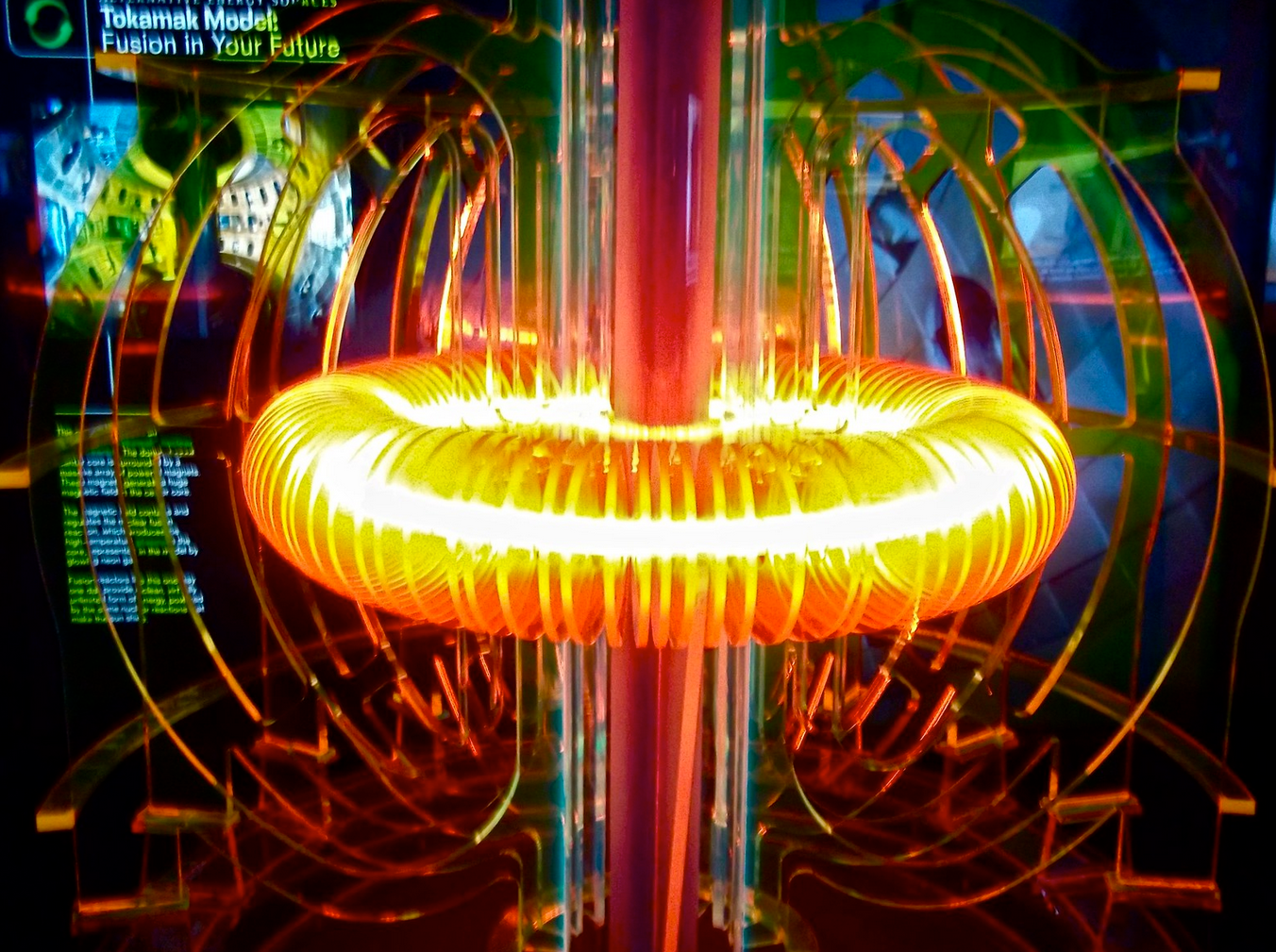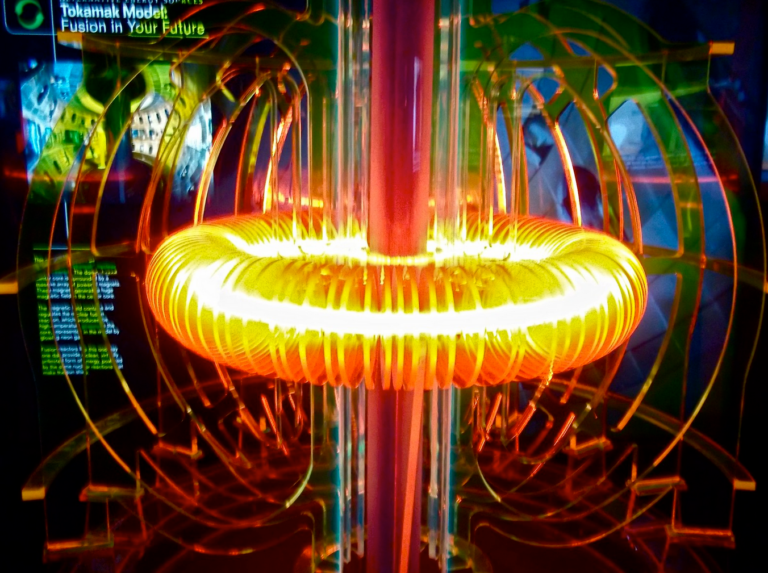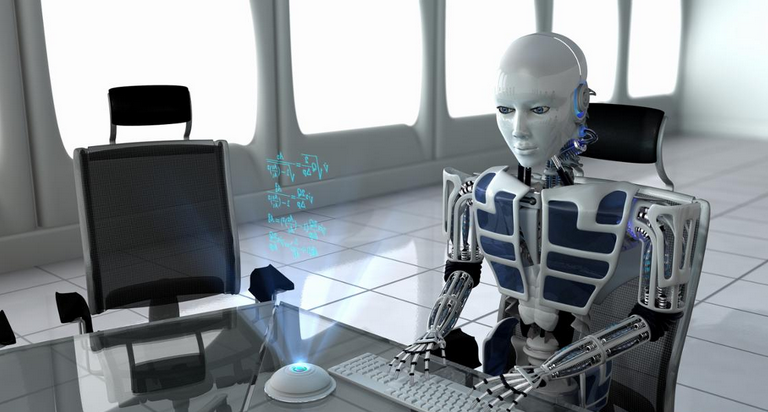Time Travel Tech: From H.G. Wells to Quantum Mechanics
Time travel has long been a fascination for humanity, capturing our imagination and inspiring countless works of science fiction. From H.G. Wells’ “The Time Machine” to the iconic “Back to the Future” trilogy, the concept of traveling through time has always been a tantalizing possibility. But is time travel just a figment of our imagination, or could it one day become a reality?
In this article, we will explore the evolution of time travel technology, from the early days of H.G. Wells to the mind-bending world of quantum mechanics. We will delve into the scientific theories behind time travel and discuss the potential implications and challenges that come with it. So fasten your seatbelts, because we’re about to embark on a journey through time!
H.G. Wells and the Birth of Time Travel
When it comes to time travel, it’s hard not to mention the visionary writer H.G. Wells. In his 1895 novel “The Time Machine,” Wells introduced the concept of a machine that could transport a person through time. Although Wells’ time machine was purely fictional, it sparked the imagination of readers and laid the foundation for future discussions on time travel.
Wells’ time machine was a marvel of Victorian-era engineering, resembling a large clock with intricate gears and levers. The protagonist of the novel, simply known as the Time Traveler, uses this machine to journey thousands of years into the future. But as we know, building a real-life time machine is not as simple as turning a few knobs and pushing a button.
Theoretical Frameworks: General Relativity and Wormholes
To understand the scientific possibilities of time travel, we must turn to the realm of theoretical physics. One of the key theories that underpins our understanding of the universe is Albert Einstein’s theory of general relativity. According to this theory, gravity is not just a force but a curvature of spacetime caused by massive objects.
General relativity allows for the concept of time dilation, where time can pass at different rates depending on the strength of the gravitational field. This means that an object near a massive gravitational source, such as a black hole, would experience time passing slower compared to an object in a weaker gravitational field. While this may not be the kind of time travel we often imagine, it does offer a glimpse into the fascinating possibilities of manipulating time.
Another theoretical framework that has captured the imagination of scientists and science fiction writers alike is the concept of wormholes. A wormhole is a hypothetical tunnel that connects two distant points in spacetime, potentially allowing for shortcuts between different regions of the universe. If traversable wormholes exist, they could serve as portals for time travel, enabling us to jump from one point in time to another.
However, the existence of wormholes and their practicality for time travel is still purely speculative. Theoretical physicists have proposed various mathematical models to describe wormholes, but they require exotic forms of matter with negative energy densities, which have yet to be observed or created in the laboratory. So while wormholes remain an intriguing possibility, their feasibility for time travel is still uncertain.
Quantum Mechanics and the Possibility of Time Travel
While general relativity provides a framework for understanding the effects of gravity on time, quantum mechanics takes us to the realm of the very small, where particles behave in strange and unpredictable ways. In this quantum world, the concept of time becomes even more intriguing and opens up new possibilities for time travel.
One of the key principles of quantum mechanics is superposition, which states that particles can exist in multiple states simultaneously until they are observed or measured. This means that particles can be in two places at once or even travel backward in time, at least on a microscopic scale. This phenomenon has been experimentally observed in laboratories, giving us a glimpse into the bizarre world of quantum time travel.
Another intriguing concept in quantum mechanics is entanglement, where two particles become linked in such a way that the state of one particle instantly affects the state of the other, regardless of the distance between them. This phenomenon, famously referred to as “spooky action at a distance” by Einstein, has led scientists to speculate about the possibility of using entangled particles for communication across time.
Imagine a scenario where two entangled particles are created, with one particle remaining on Earth while the other is sent on a journey through space at near-light speeds. According to the theory of relativity, time would pass slower for the traveling particle. When it returns to Earth, the two entangled particles could be used to communicate, effectively sending information back in time. This concept, known as “quantum retrocausality,” challenges our traditional understanding of cause and effect and raises fascinating questions about the nature of time itself.
However, before we start planning our next vacation to the past, it’s important to note that the practicality and feasibility of quantum time travel are still highly speculative. The challenges of manipulating quantum systems on a macroscopic scale, as well as the ethical implications of altering the past, are significant hurdles that need to be addressed.
Final Thoughts
Time travel has captivated our imaginations for centuries, from the pages of H.G. Wells’ novels to the silver screen. While the concept of time travel remains firmly rooted in the realm of science fiction, scientific theories such as general relativity and quantum mechanics offer tantalizing glimpses into the possibilities that lie ahead.
The evolution of time travel technology has come a long way since H.G. Wells’ visionary writings. From the theoretical frameworks of general relativity and wormholes to the mind-bending world of quantum mechanics, scientists and researchers are pushing the boundaries of our understanding of time.
However, it’s important to approach the idea of time travel with a healthy dose of skepticism. The challenges and ethical considerations that come with the ability to manipulate time are immense. As we continue to explore the mysteries of the universe, we must tread carefully and consider the potential consequences of altering the fabric of time itself.
So, for now, let’s enjoy time travel through the pages of our favorite books and movies, and keep our eyes on the horizon for the day when science and technology may unlock the secrets of time travel. Until then, let’s appreciate the wonders of the present and the possibilities of the future.




